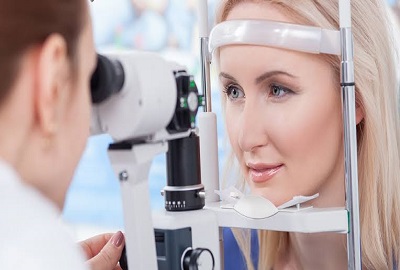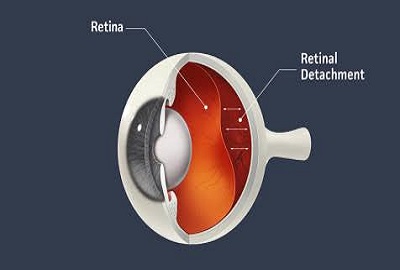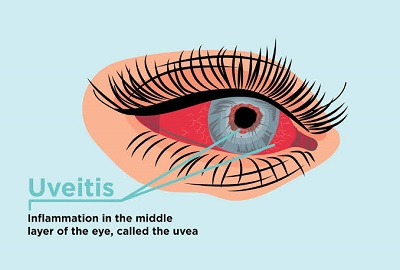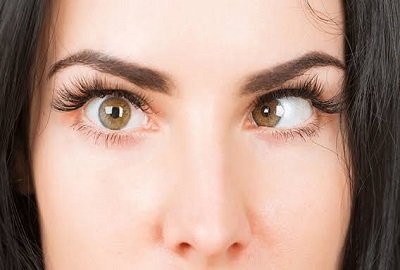Cataract has been the most common cause of treatable blindness, since centuries. Today modern microsurgical techniques utilizing state-of-the-art equipment, lenses and surgical material, allow people to enjoy good, clear vision after cataract removal & IOL implantation.
We at 108 Eye And Health Centre in Noida provide state of the art services for Cataract. Our eye surgeons team at 108 Eye And Health Centre in Noida are trained from most premier institutes of Ophthalmology , like Ganga Ram Hospital Delhi.
What Is A Cataract?
It is a cloudiness of the normally clear lens in the eye. It prevents the lens from focusing light onto the retina and hence causes unclear vision. As the cataract advances, this cloudiness of vision increases over a period of time until the vision is completely impaired.
Why Does A Cataract Develop?
Cataract development is part of the normal ageing process. Almost all people above the age of 60 years have cataract of a variable degree, although it can occur at an earlier age also.
In some people cataract development is aggravated by an eye injury, presence of diabetes, use of medications or other eye diseases. Rarely cataract may be present in the newborn as a developmental defect.
What Are The Symptoms Of A Developing Cataract?
Because cataracts form in different ways, the symptoms of cataracts are variable. Most people notice that their vision gradually deteriorates – objects may begin to look yellow, hazy, blurred or distorted.
Many people also find that they need more light to see clearly, or that they experience glare or haloes from lights at night. A common problem encountered is increasing nearsightedness. In advanced cases, the cataract may be visible as a whitish-looking pupil.
Can Cataract Be Prevented Or Treated With Medication?
Cataracts that occur due to the ageing process cannot be prevented as the ageing process itself cannot be prevented. Using the eyes for reading and similar activities has nothing to do with cataract formation. Avoiding the use of eyes will not prevent cataract.
Till date as per all authentic medical research no medication exists to prevent or cure a cataract. The only known treatment for cataract is surgery.
When Can One Undergo Cataract Surgery?
Cataract surgery should be performed as soon as the patient feels difficulty in performing routine activities at work and leisure. With modern microsurgical techniques of stitch-less cataract surgery (MICS) it is not advisable to wait for the cataract to mature.
What Does Cataract Surgery Entail?
Cataract surgery is safest and most successful forms of eye surgery. It is a day care procedure and is generally performed under local or topical anesthesia. The patient is awake during surgery but does not feel any discomfort or pain. Patients are ambulatory immediately after eye surgery and are discharged in 2-3 hours.
Step 1 : The eye operation is performed with the help of a sophisticated operating microscope. A small entry of 2.2 mm is first made at limbus
Step 2 : A smooth round opening is then made in the front part of the lens capsule, which is a thin membrane enclosing the entire lens
Step 3 : All cloudy lens material within the lens capsule is then removed through the same port by the procedure of phacoemulsification using a thin titanium probe. This breaks the cataract into tiny pieces, which are then suctioned out of the eye through the same probe.
Step 4 : In the final step, a foldable intraocular lens (IOL) is introduced through the small port, and placed within the capsule of the lens where it unfolds and stays in place securely.
Compared to non-phaco cataract surgery, the postoperative rehabilitation for MICS is faster and one can return to normal work and activities within a few days. This is currently the most effective method for removing cataracts.
Femtosecond assisted Cataract surgery is another advancement which helps in few steps of MICS.
Are There Any Problems With An Intraocular Lens (IOL)?
The technological advancements in IOL manufacture and surgery have made it quite safe. IOL implantation is now integral part of all cataract surgeries.
Complications are rare and similar ones can occur with conventional surgery without an IOL implantation. All patients irrespective of other general illnesses like diabetes, hypertension etc., can have IOL surgery.
IOL implantaion is very rarely , if at all , not implanted. If there is any reason why you should not have an IOL implantation, your ophthalmologist will explain.
Very rarely if IOL is not implanted in primary procedure, it can be implanted later.
Is it possible to get rid of glasses after IOL implant?
Yes, it’s very much possible to get rid of glasses after Cataract surgery with refractive IOL implantation.
Advanced IOL’s like Toric IOL, MFIOL, Trifocal IOL, EDOFF IOL, Toric MFIOL can provide excellent spectacle independent vision for routine daily activities. Though glasses may be required by some patients for limited activities.
But before selecting refractive IOL’s you are required to go through proper assessment and counselling by your Ophthalmologist.










